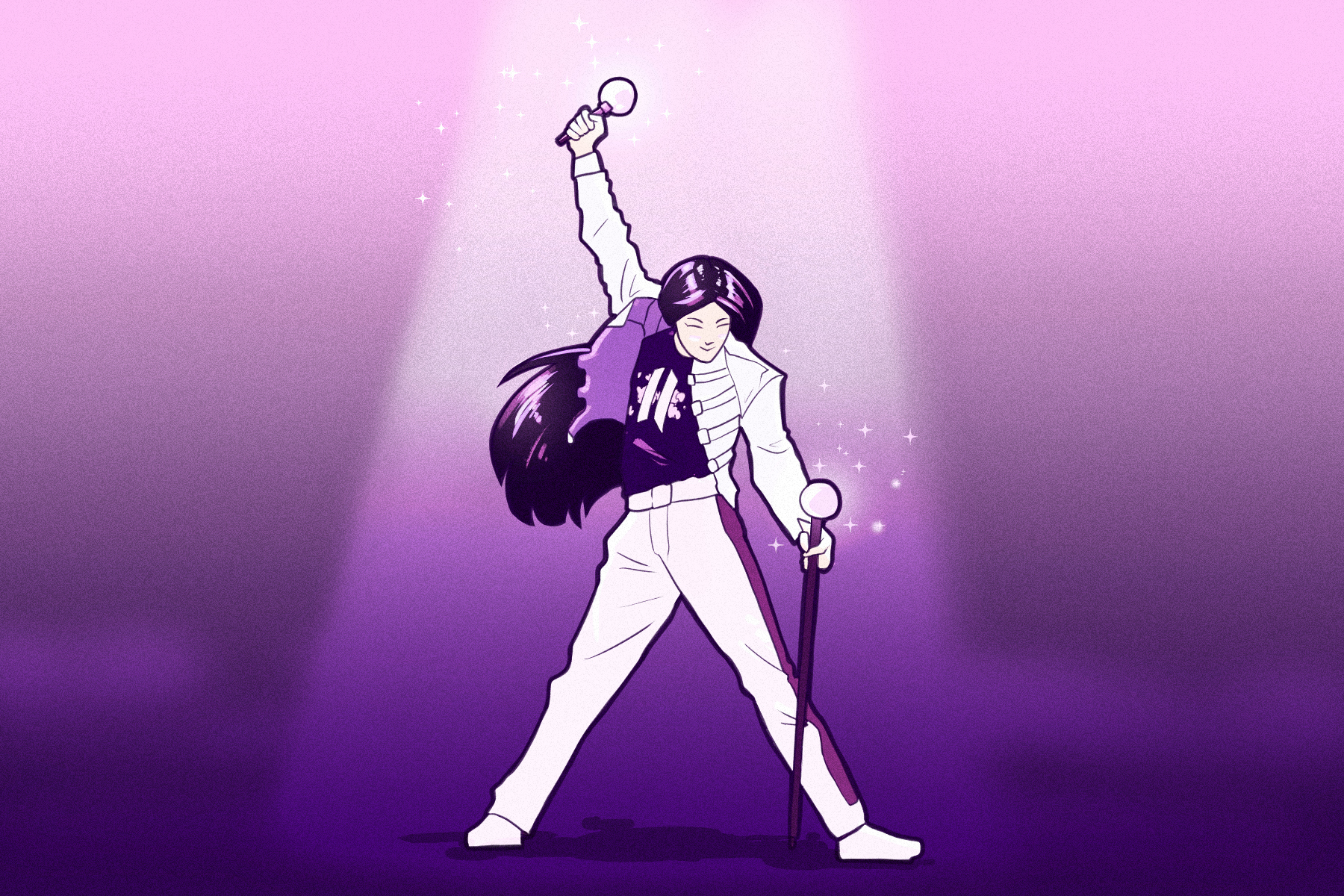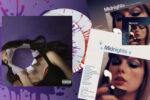Fandom, in general, gets dismissed as frivolous, but the people involved in tightknit communities have an immense influence on popular culture. For example, when the Marvel Cinematic Universe (MCU) began with the release of “Iron Man” in 2008, the Marvel Comics fanbase went to the theaters to support the film. These dedicated fans, as well as people who were initially unfamiliar with Marvel comics, slowly helped the MCU become mainstream as Marvel Studios continued to release movies. During the 2010s, the Marvel fanbase grew exponentially and solidified itself as a powerful force within the entertainment industry.
The immense passion of these fans, as well as the growing fanbases of other artists and franchises, resulted in the rise of what is called “stan culture.” These fan groups have only gotten stronger over time, which has led people to question whether these communities are more damaging than harmless fun.
Origin of “Stan” and Its Usage Today
The word “stan” can be traced back to 2000 when rapper Eminem released his single by the same name off of his third studio album, “The Marshall Mathers LP.” In the track, a fictional character named Stan claims to be Eminem’s biggest fan and writes multiple letters to him that become angrier and more obsessive over time. Stan is a symbol that represents crazed fans and the dangers of becoming too invested in the lives of public figures. Some believe that the word “stan” is a portmanteau of the words “fan” and “stalker”; however, there is no evidence to suggest that Eminem came up with this combination.
Stan’s meaning and usage have drastically changed since Eminem’s original song. An NPR article observed that while this term originally had negative connotations, “nearly 20 years later, it’s become a badge of honor for fans committed enough to show up and go all out for their favorite star on the Internet.” Celebrity devotees will proudly call themselves “stans” as they continuously support their idols, but the majority of stans and their spaces on social media center on musical artists and bands. Pop music, in particular, has a dedicated audience. On Twitter, users will post messages like “if you stan ariana grande and madison beer like this; just wanna follow people” or “‘has ur fave artist ever flopped?’ no i stan taylor swift.” Recently, “stan” has even been added to the Merriam-Wester Dictionary as a synonym for the word “support.”
What Does It Take To Be a Stan?
“Stan” has been thrown around so often that the actual online activities of stan culture might be unclear. A clear distinction between a fan and a stan is the level of investment. A fan enjoys a certain type of artwork or a public figure within the entertainment industry, but they do not actively involve themselves in fandom circles. They are not completely separated from discussions with other fans, but they do not spend a majority of their time focused on the object of their admiration. Stans, on the other hand, spend as much of their free time as possible engaging in fandom discourse. They often think about the person or thing that they feel connected to, and the parasocial relationship they have with their favorite character or celebrity is very strong.
To actually be a stan, a person’s online presence must be centered on a singular public figure or piece of entertainment. While some social media accounts are dedicated to a particular TV show or movie, perhaps the most prominent are stan Twitter accounts dedicated to a singer or musical group.
On these social media accounts, the profile picture and bio will be associated with the person the user stans. Stan accounts post more than once a day about the singer or band they feel attached to in the form of tweets, captions, pictures, Instagram posts, etc. When stans are not making their own content, they are responding to other fans or going under unrelated posts to promote their favorite artist’s work. Stans will also edit videos and make playlists of an artist to share with others. They persuade nonfans to stan a celebrity while constantly consuming content made by their favorite artist. Stans stay online to maintain their status as a super fan.
Another component of being a stan is financially supporting one’s favorite public figure. Stans tend to purchase a large amount of a star’s merchandise and decorate their personal belongings with logos associated with a brand or pictures of a particular person. In some cases, stans act as a walking advertisement of the celebrity they admire.
The Toll Stan Culture Can Take on Fans
Stan culture is massive on the internet and only appears to be getting bigger. With the increasing number of people becoming stans, the darker sides of the culture should be acknowledged. For one, participating in stan culture can be expensive. According to findings from iPrice, each year, superfans of the K-pop group BTS “spent $1,422 USD on average on official merch, albums, concerts and more.” Stans compulsively buy items attached to a particular celebrity without fully considering the financial impact of their decision. This is worse with younger superfans as they are most likely spending their parents’ money and not their own.
Also, being chronically online is not healthy. A person’s sense of reality is warped with the constant scrolling, posting and discussions about one topic. Everyone is allowed to do activities just for the sake of relaxing and turning one’s brain off. But an issue arises when a stan becomes too invested in something and overinflates its importance. Plus, obsessive social media habits negatively affect a person’s mental health, as they are linked to increased levels of anxiety and depression.
Furthermore, when fans become hyperfixated on a musical artist, they fiercely defend them from controversy. Rather than viewing a celebrity as a person who deserves to have their actions critiqued if needed, stans can become overprotective. There have been multiple instances where fanatics have cyberbullied, harassed, doxed and stalked people who have called out their favorite artist. The intense connection between stan and public figure makes superfans feel that, when their favorite person is being rightfully called out, the stans themselves are being attacked, too.
In addition, since stans have a much deeper parasocial relationship with a celebrity, many superfans will cross boundaries and rob their admired artist of the privacy they deserve. Many artists have had their addresses leaked in fan circles or their personal information posted online and sold to superfans. This has made various public figures feel unsafe living in their own homes or simply just walking down the street. In 2019, Taylor Swift revealed in an article she wrote for Elle that she carries around QuikClot army grade bandage dressing to protect herself and others if needed. She is not the only celebrity who takes drastic safety precautions. Many other celebrities strategically coordinate meet-and-greets and keep as much security around them as possible. Artists should be able to live without the fear of their fans finding and possibly hurting them.
Is Stan Culture Only Bad?
Even though stan culture has a lot of issues, there are still positives to these online communities. Many that have joined stan culture have made close online friends that they can confide in. People who invest a lot of time into online spheres tend to feel misunderstood or have issues making friends in real life due to a variety of reasons. Fandom allows them to express themselves while interacting with people who have a common interest and passion. Plus, pop culture fans mostly tend to be comprised of teenage girls and young people, so stan culture acts as a safe space for them.
Also, the power stans hold has been used for good. During the height of the George Floyd protests, BTS stans donated $1 million to the Black Lives Matter movement. Additionally, these superfans banded together to take down apps that attempted to collect information on protesters and took over racist hashtags by flooding them with videos of their favorite artists performing. Other fandoms have also participated in charitable and activist efforts.
Enjoying an artist’s work and being interested in who they are as a person is not wrong or shameful. Engaging in pop culture discourse can be exciting, and musical artists should be recognized for their work. The issue is when appreciation turns into obsession. Stans need to find a balance in their lives between the real world and the online world so that they know when to take a step away from social media. Once a person is able to do so, they will be better off.















